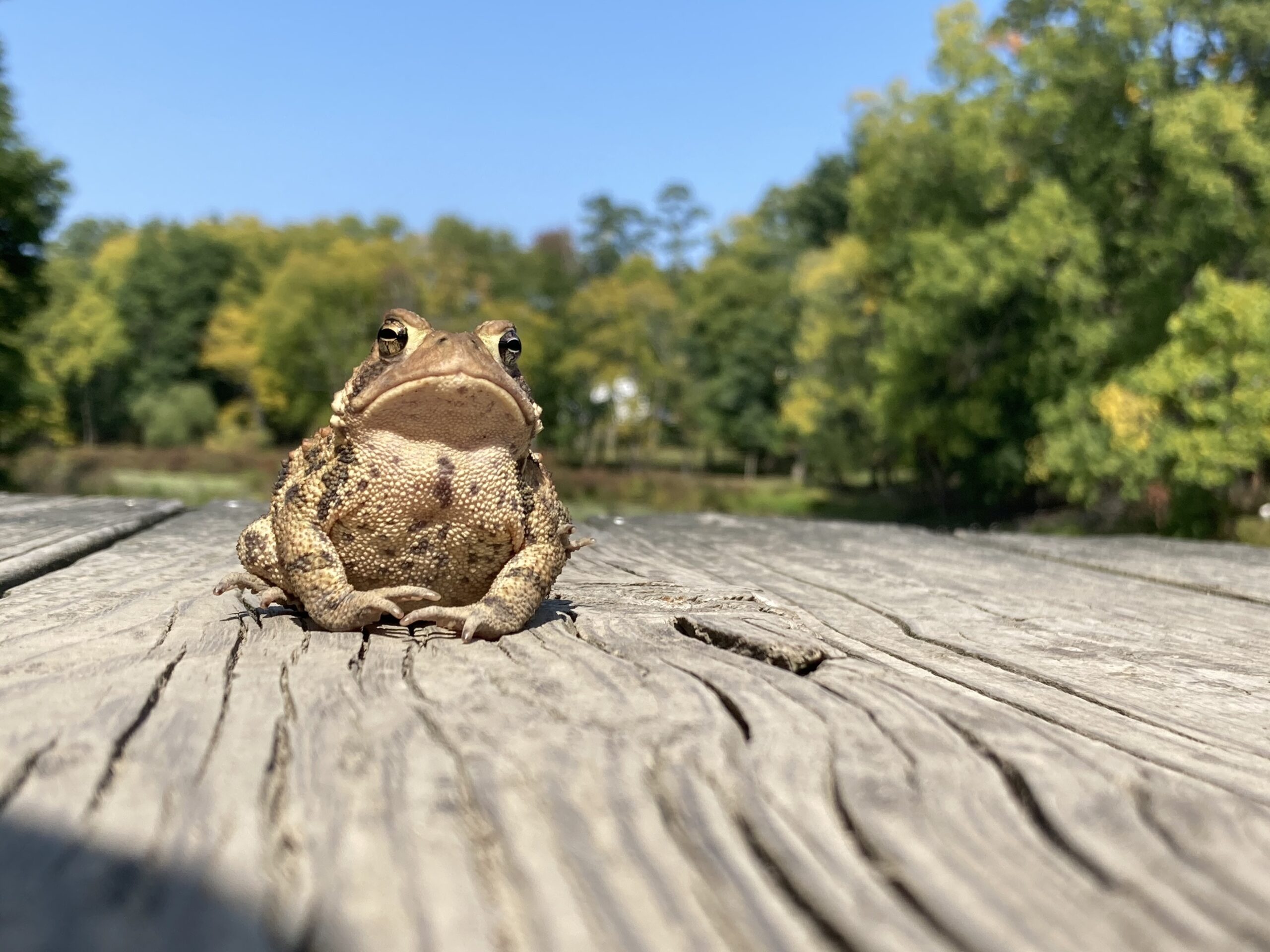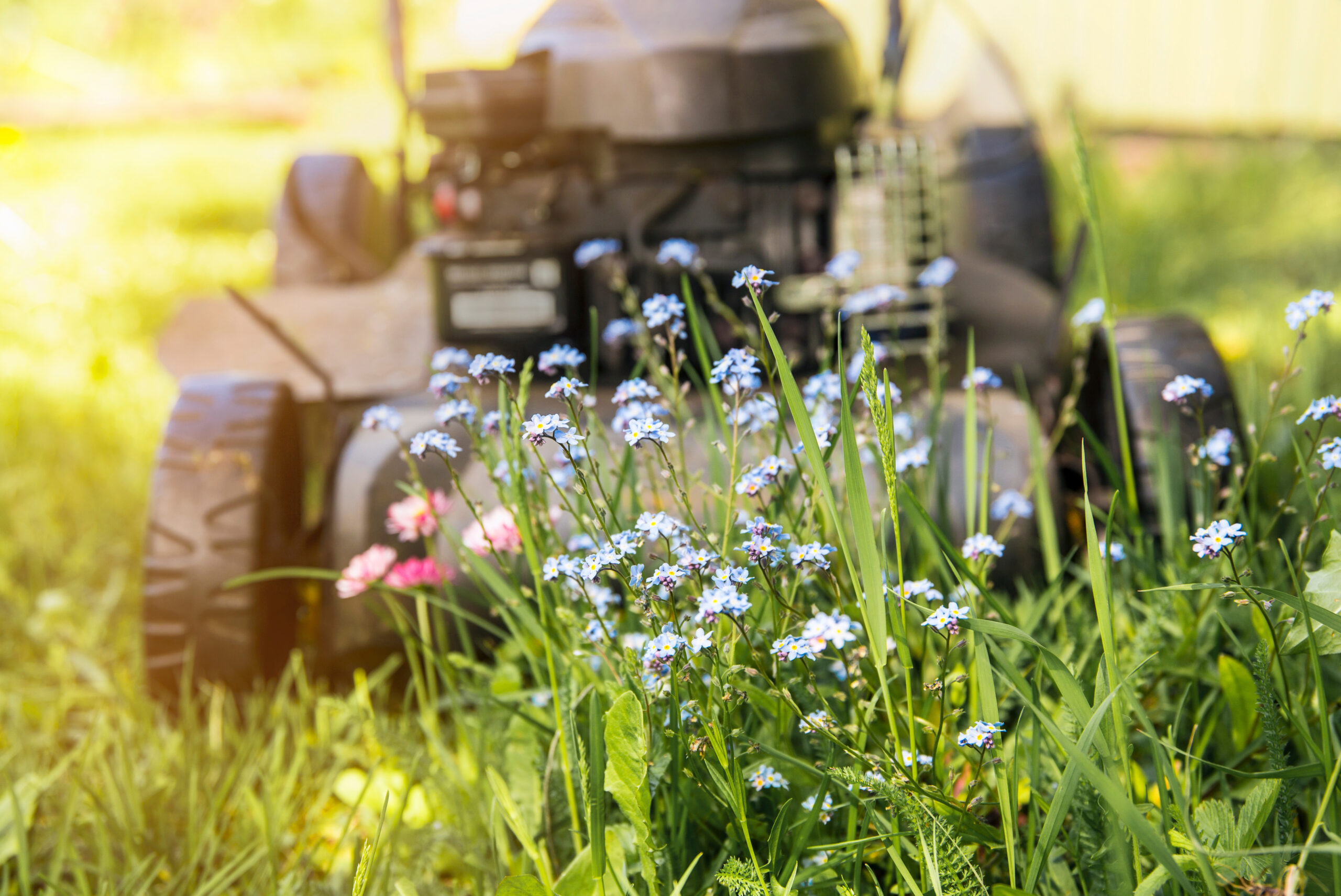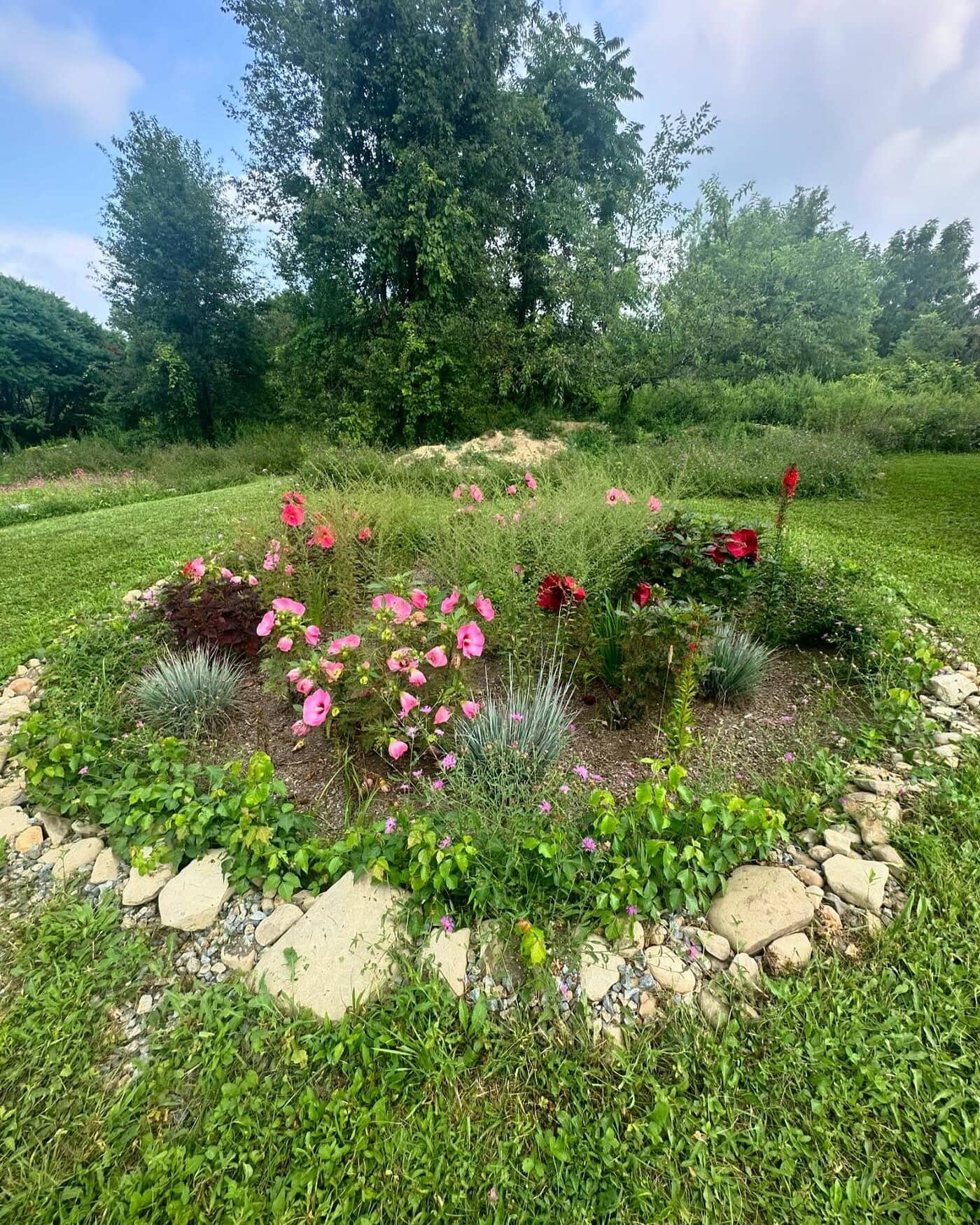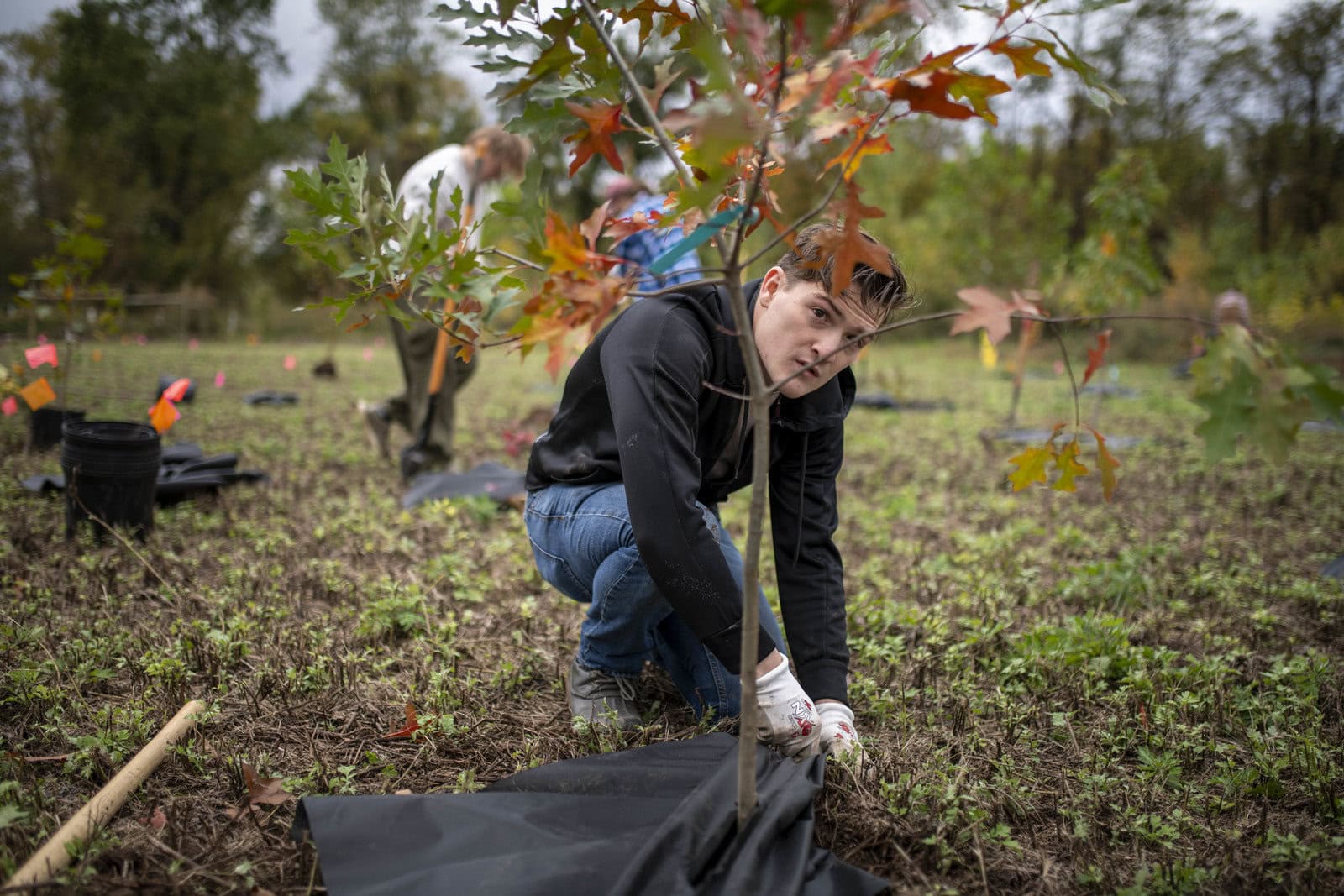Building campfires and settling in to unwind before the crackling flames is a uniquely human pleasure, one with deep evolutionary roots in practical and recreational activities. Recent research even suggests its soothing effects may be enough to reduce blood pressure, relaxing us in a real and measurable way.
But amid ever worsening climate change and years of deadly wildfires in the U.S., focus on the impacts of personal fires has reached a heightened point.
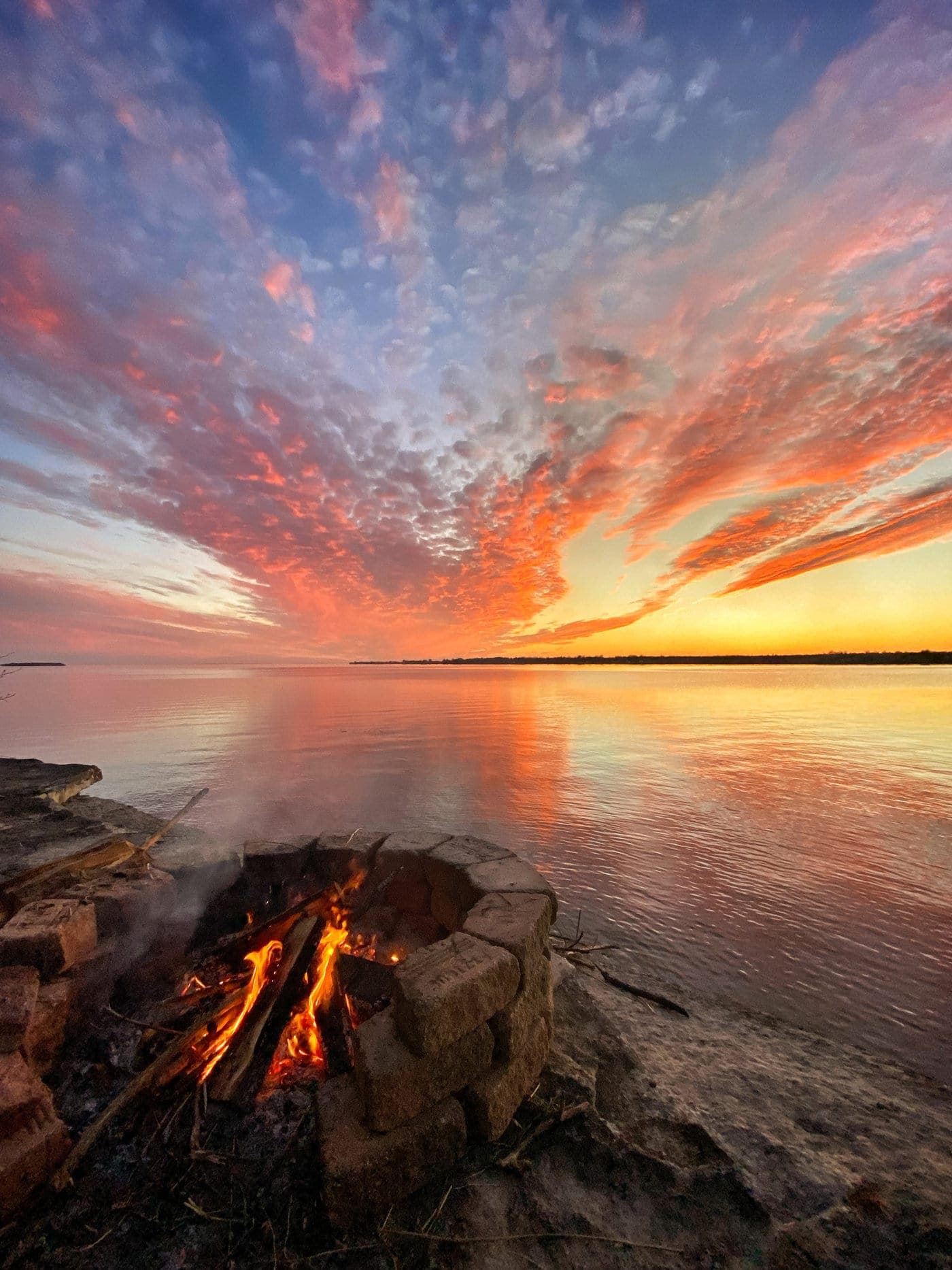
Thankfully, there’s lots we can do on the individual level to support safer, more environmentally conscious fire practices.
Check the latest local rules & regs: Wildfire risk should always be front-of-mind when building a campfire — as should your site’s rules about personal fires. No fires are allowed in any Scenic Hudson parks. Many wilderness areas, like portions of the Adirondacks, don’t allow campfires either, and there may be times when it’s just not advisable to be burning outdoors, like on a very windy day in the height of a drought. The DEC’s Fire Danger Map of New York is a great way to stay on top of the current conditions and advisories.
Get ready to wet it down: And before you even start building the fire, make sure you have enough water on hand to fully put it out when you’re done. That means completely dousing it and all embers, then mixing in soil to get everything coated and wet. Stick around until it’s cool enough to touch. (Note: Having a fire along a pond or shore can be handy for extinguishing purposes, but be sure not to pull stones or bricks from the water for a fire ring — if they’re porous and retain water, they can explode.)
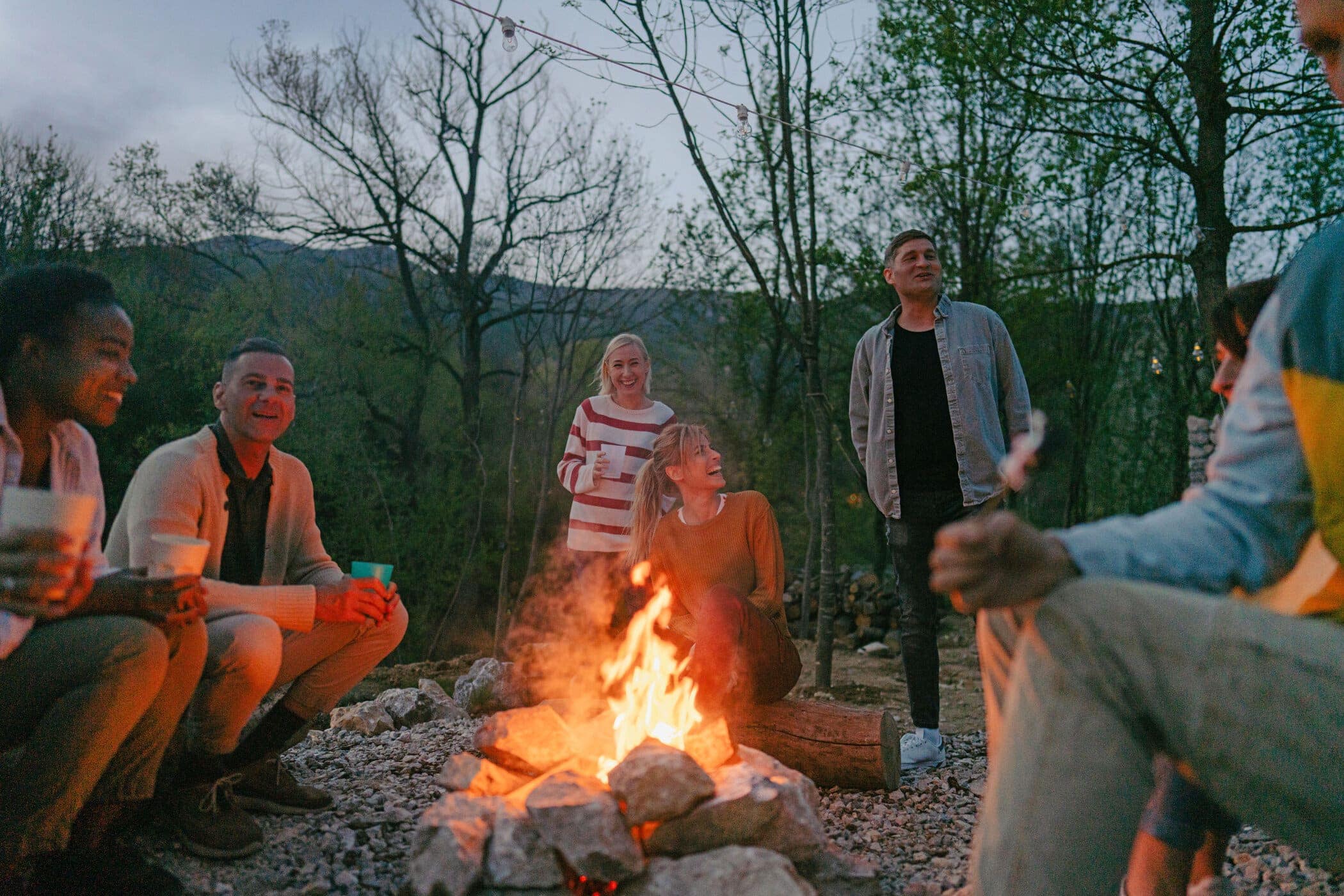
Always use a fire ring: An established fire ring will help ensure the blaze stays contained. Campgrounds often have these waiting for you, and it’s always best to go with the one that’s already there. If your campfire spot doesn’t have a ring, make one yourself. Choose a spot that’s free of low-hanging branches or vegetation, clear the ground of all debris (like leaves and twigs), and create a circle with large rocks placed side by side. Gathering the best rocks can be an activity in and of itself (especially if your group loves a bit of friendly competition).
Keep it small: A modest fire ring will also prevent you from building an unnecessarily large fire that’s harder to control. You don’t need a massive blaze to keep warm or cook food (especially s’mores) — a small fire does the trick just fine, without nearly as much risk.
Watch the wood: Firewood sourced from a different location than where you’re burning can be a carrier for invasive species and plant diseases, like the emerald ash borer or destructive caterpillars. There’s a reason they say “buy local, burn local.” Remember that locally sourced wood, among its many other benefits, will eliminate the risk of introducing harmful pests to the region. Some campsites sell wood themselves, and it’s otherwise common to see bundles of local wood for sale in towns that are home to campgrounds. Always check first to see if where you’re camping allows wood from outside at all, or if you must purchase it on-site.
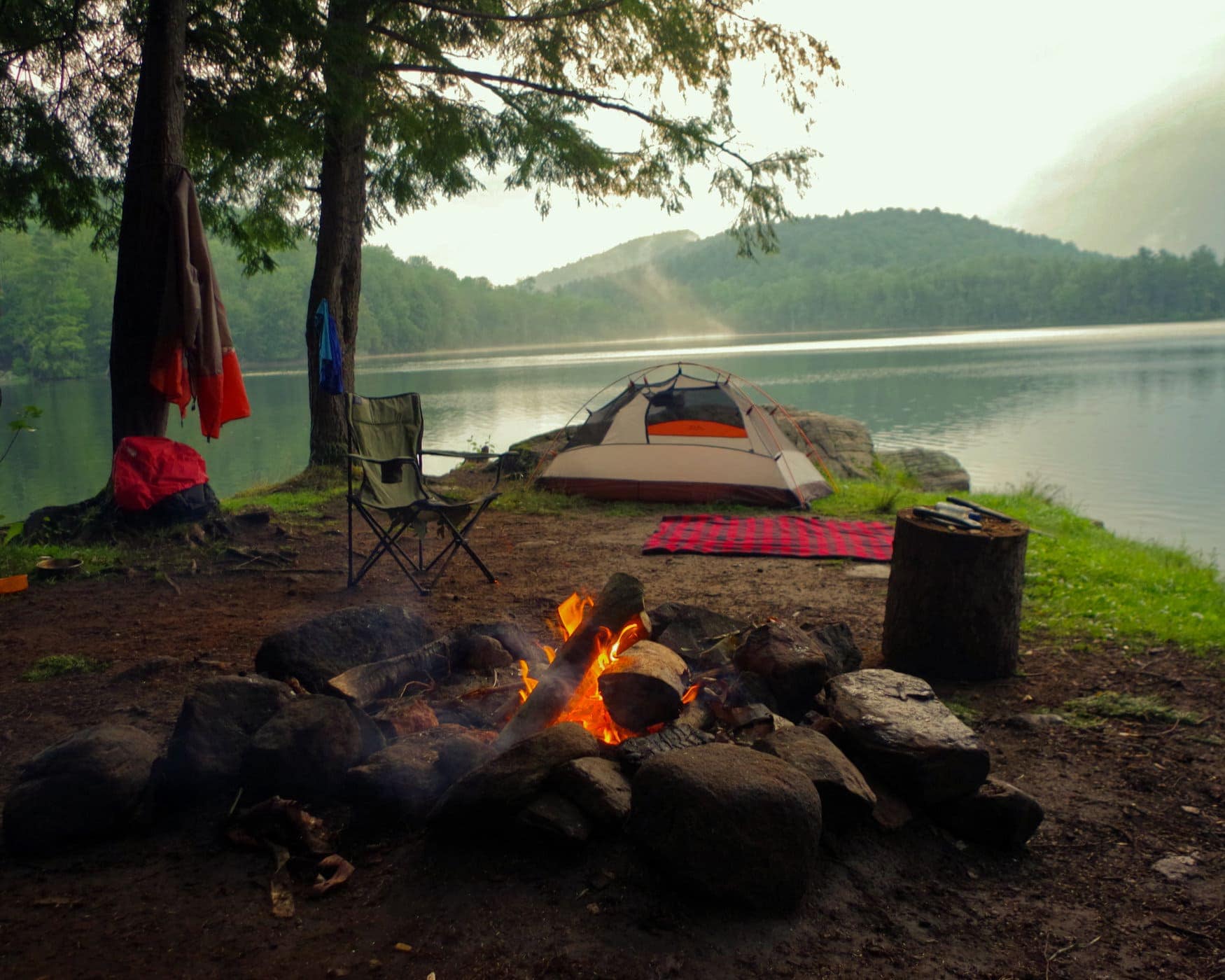
Resist the temptation to burn trash: And only burn dry, untreated wood that isn’t marked with paint or contain any traces of plastics or chemicals, and never burn trash. Trash burning has long been known to be a major cause of wildfires, and burning materials like plastics and metals can release toxins into the air and ground — things that aren’t good for you to breathe in, not to mention bad for the planet.
Check labels on artificial logs: Know exactly what’s in the mix. Since alternative logs often contain recycled materials, they’re often touted as being more environmentally friendly. So far, research seems to support this for those with wood fiber and wax. An EPA study on five types in the U.S. and Canada (Duraflame’s Xtra Time Firelog and Easy Time Firelog, Conros Corp.’s Pine Mountain Superlog and Northland firelog, and Robustion Technologies’ Java Log, which contains coffee grounds and wax) found their emission levels were lower than those from cordwood. But they also produce varying levels of carbon monoxide and may contain paraffin wax, derived from the petroleum industry, and other oil additives. The best manufactured logs, the EPA says, are made up of 100% compressed sawdust.
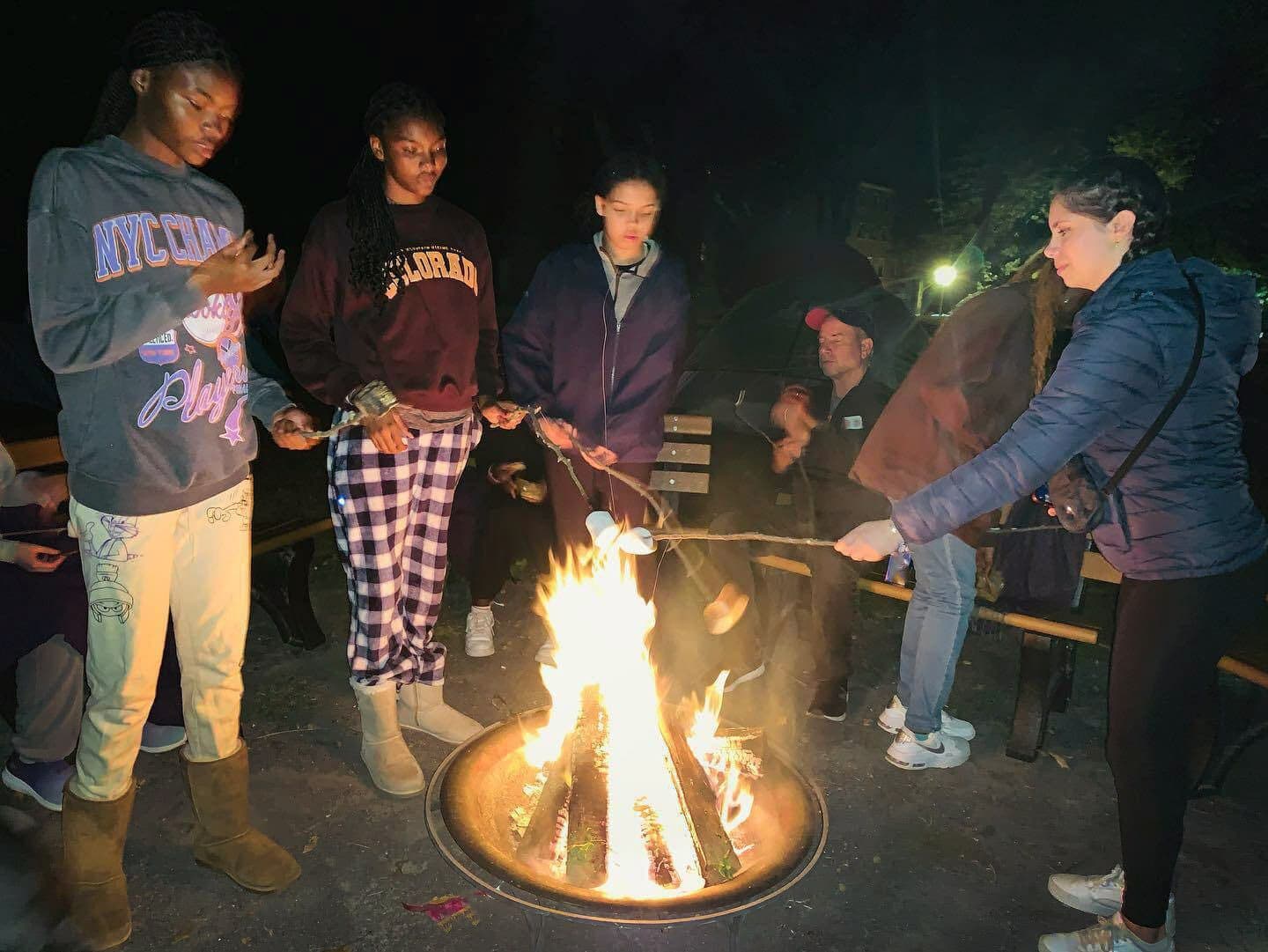
Reduce burn time: There’s also no need to keep the fire going longer than necessary. Plan to have some designated fire time for cooking and socializing — because half of the fun is sitting around the fire with friends and family, we know — but leave room for activities that don’t require its warmth and light. Once your eyes adjust, the darkness of the forest can open up to reveal beautiful things we couldn’t see before. Observe the stars, see what constellations you can spot, or look for shooting stars. Listen for wildlife that thrives in the night, and make a game of identifying what you hear. Was that a bird or a frog? It isn’t always as easy as you might think. The woods at night can seem like another world entirely.
Consider a camping stove: Camping stoves range from the tiny and super-packable to larger spreads more accessible to car campers, and often rely on small fuel canisters. This makes cooking a much simpler process, with the fire more or less something you turn on and off with a switch. Since you can disconnect the fuel source after use, it’s also may provide more peace of mind that the fire is truly out for good. Just make sure you’re cooking on a stable, flat surface to avoid knocking your setup over.
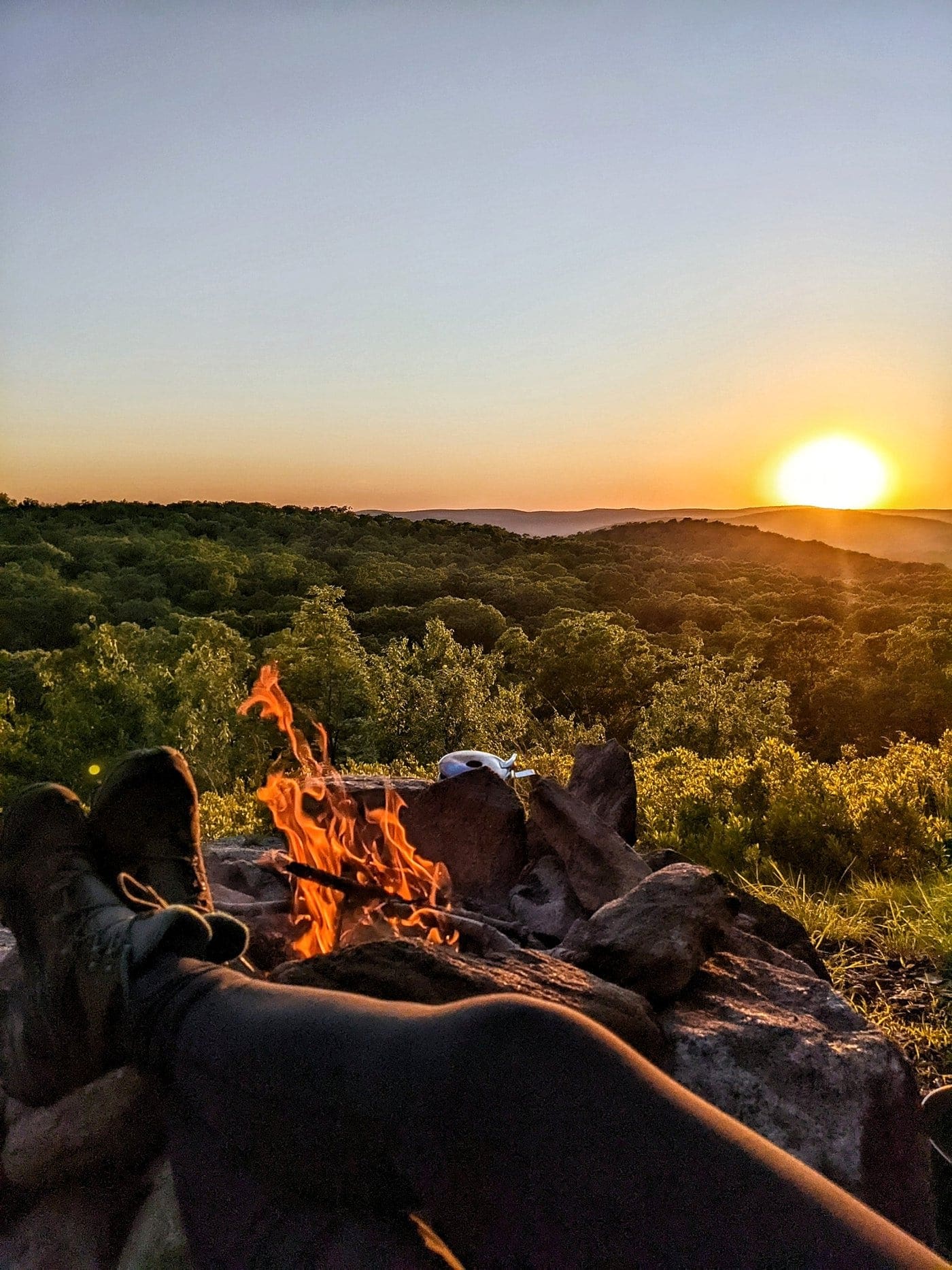
Whatever your choice, always put fire safety first and enjoy responsibly. Taking the right precautions as an individual ensures it’s an activity we can all keep enjoying for years to come.



